Smart homes don’t need to be complicated or expensive. Take a methodical approach and keep an eye out for bargains and you can enjoy many of the conveniences of living in a smart home without spending much at all.
The secret is to start slow, and to invest in a few solid products that will have the most impact, I’m talking electrical outlets, lighting, climate control, and the like. In other words, you can probably get by without a smart washing machine, but installing a smart thermostat will be a game changer for both your comfort and living expenses.
Insist on interoperability
One of the keys to successfully getting a smart home up and running is to ensure everything you install is fully compatible and interoperable. Many smart home ecosystems were originally designed around a central hub and wireless protocols that were supposed to hit it big, but that either never really took off or have faded in importance and mainstream appeal.
If you think you might get more serious about living in a smart home, look for devices that support Matter.
While there are plenty of these systems still on the market (Philips Hue remains popular, despite requiring a proprietary hub to achieve the best performance), you no generally longer need a hub to get all your gear working together on a single platform if you plan things properly.
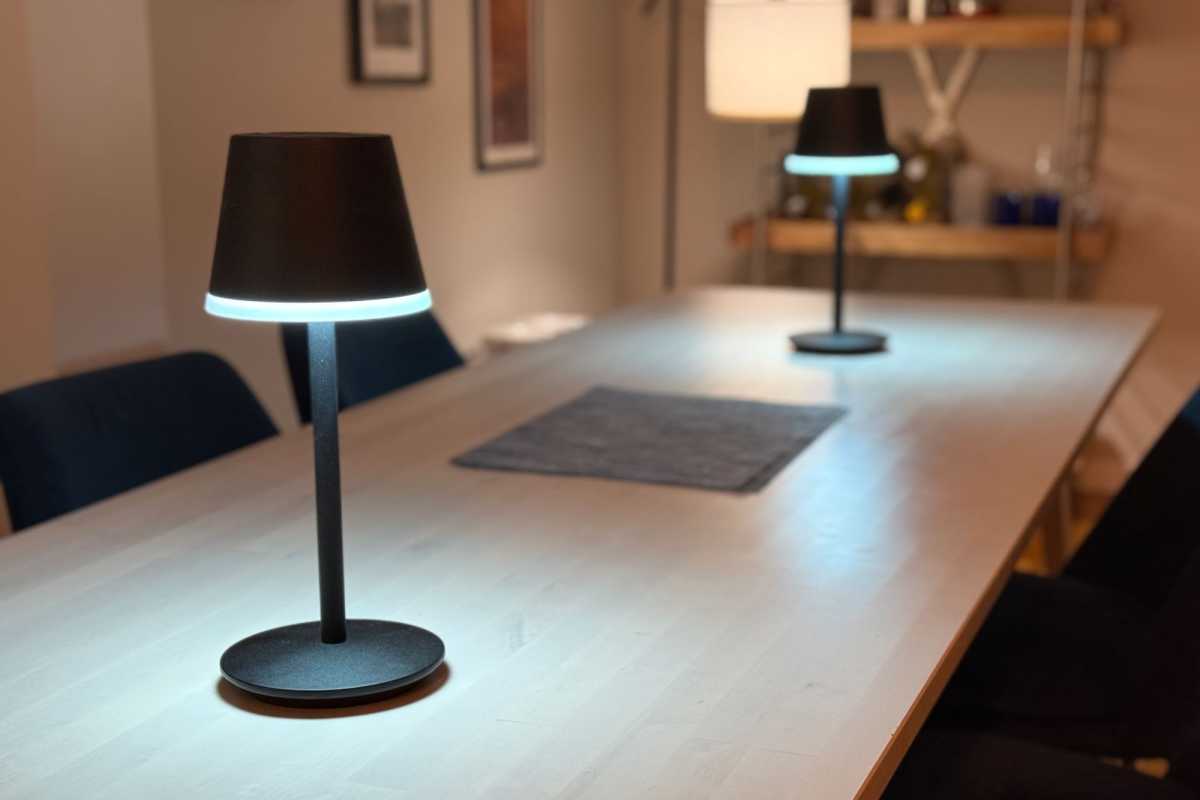
If money is no barrier, the Matter-certified Philips Hue lighting products are best in class, and no manufacturer has a broader product range, from bare light bulbs to indoor and outdoor fixtures.
Ben Patterson/Foundry
Today, Wi-Fi is the single most important smart home standard. If a device can connect directly to your existing Wi-Fi network without an intermediary, you’re well on your way to a simple, cohesive smart home network.
If you think you might get more serious about living in a smart home, look for devices that support Matter. Matter is a newer open-source wireless standard that already enjoys wide support in the industry, and it’s only growing in popularity, thanks to support from major manufacturers including Amazon, Apple, Google, Samsung, and many more.
Matter’s main goal is compatibility: Any Matter device can connect to any Matter control platform, which means you can connect a Matter-certified light switch to a Matter-certified controller, such as an Amazon Echo, Apple TV, Google Nest Hub, or Samsung SmartThings Station. You’ll be able control that light switch through the manufacturer’s own mobile app; with Alexa, Bixby, Google Home, or Siri voice commands; or with any other third-party app that supports Matter.
With the combination of Wi-Fi and Matter support, you are guaranteed maximum flexibility in your smart home setup—at least as far as you can get it today. More importantly, this duo eliminates the need for extra hubs, bridges, and other infrastructure that only add to expense and complexity.
In this article, we’ll focus on devices in five key smart home categories, all of which support Wi-Fi and Matter.
Smart plug
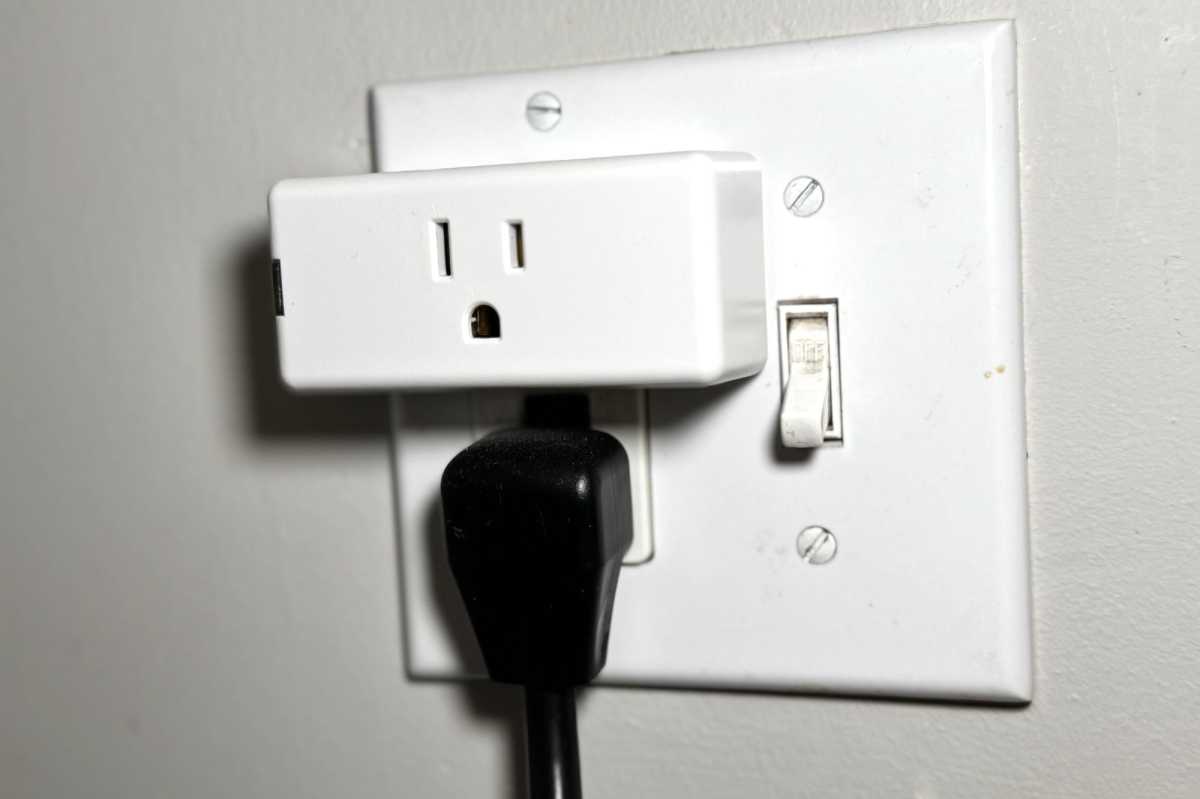
It’s not the most svelt smart plug on the market, but the Leviton Mini Plug-in Switch won’t block an adjacent outlet and it supports Matter-over-Wi-Fi.
Michael Brown/Foundry
First off, there’s really no need to rip out any in-wall electrical sockets and replace them with a smart version to gain smart control over lamps, fans, space heaters, and other small appliances. While an in-wall smart outlet is more aesthetically pleasing than a wall-wart smart plug, it’s far simpler and cheaper to just pop an external smart plug into a socket, especially if you’re just starting out. These types of switches also have the benefit of being able to be easily moved, so if you want to relocate that lamp later, it’s a snap with an add-on device. Not so much with an in-wall smart socket.
The challenge is that this category has become commoditized to the point where there are more than one million of these devices on the market today, and low-grade imports abound. Don’t get suckered by off-brand plugs on Amazon. I recommend the Matter-certified Leviton Decora Smart Wi-Fi Plug-in Switch (2nd Gen), $35, to friends and family. I have several in my own home.
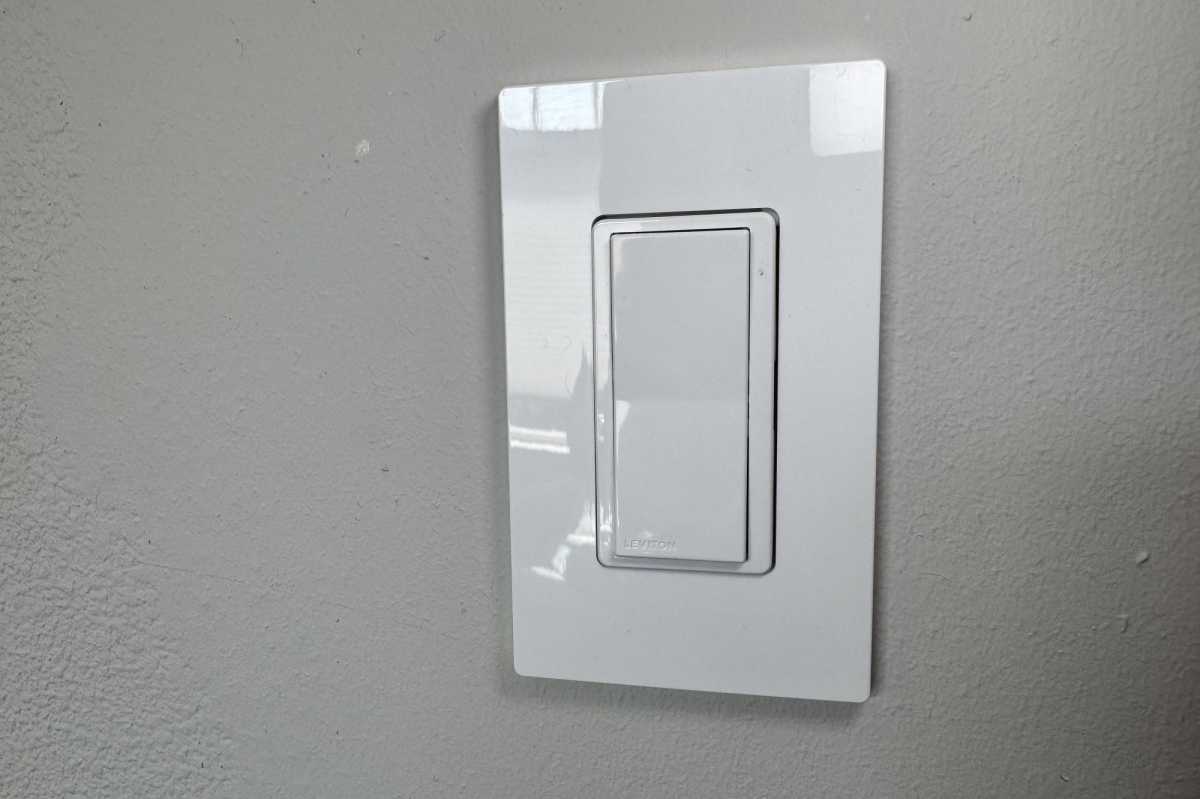
It looks like an ordinary light switch, but the Leviton Anywhere Compansion Switch runs on battery power and can be wall-mounted anywhere to control a Leviton smart plug.
Michael Brown/Foundry
You can even pair this smart plug with a battery-powered, wall-mounted remote switch—the Leviton Anywhere Companion ($25)—for those times when you don’t want to pull out your phone or bark a voice command to turn the light on or off. The Anywhere Companion looks just like one of Leviton’s Decora switches, but it doesn’t require an electrical box (although you can install it that way if you’d like).
Smart light bulb
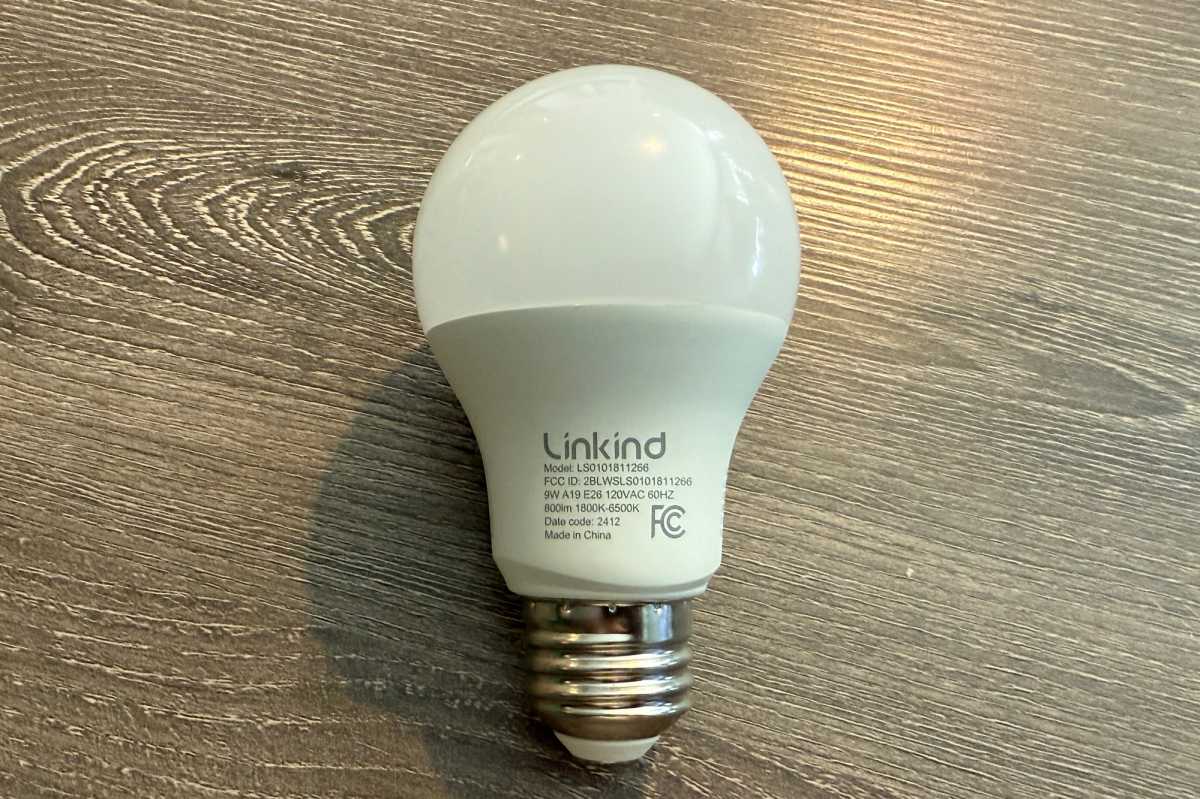
Linkind’s Matter Smart RGBTW A19 Smart Bulb are inexpensive, but definitely not cheap.
Christopher Null/Foundry
Smart light bulbs were some of the first smart home devices to hit the market; and surprisingly, many of them remain mired in their old ecosystems, with haphazard support for modern standards and hubless operation.
For full Wi-Fi and Matter support, without breaking the bank, check out Linkind’s Matter Smart RGBTW bulb, a fully tunable light bulb that will fit a standard socket while working seamlessly with the rest of your smart home. At $20 for a pack of four bulbs, you won’t find a better deal on smart bulbs today.
TechHive’s editors also love the Matter-certified Philips Hue smart lighting ecosystem, but Hue bulbs bulbs offer only a limited feature set when used with Bluetooth instead of the Hue Hub. Their biggest downside? They are very expensive.
Smart speaker
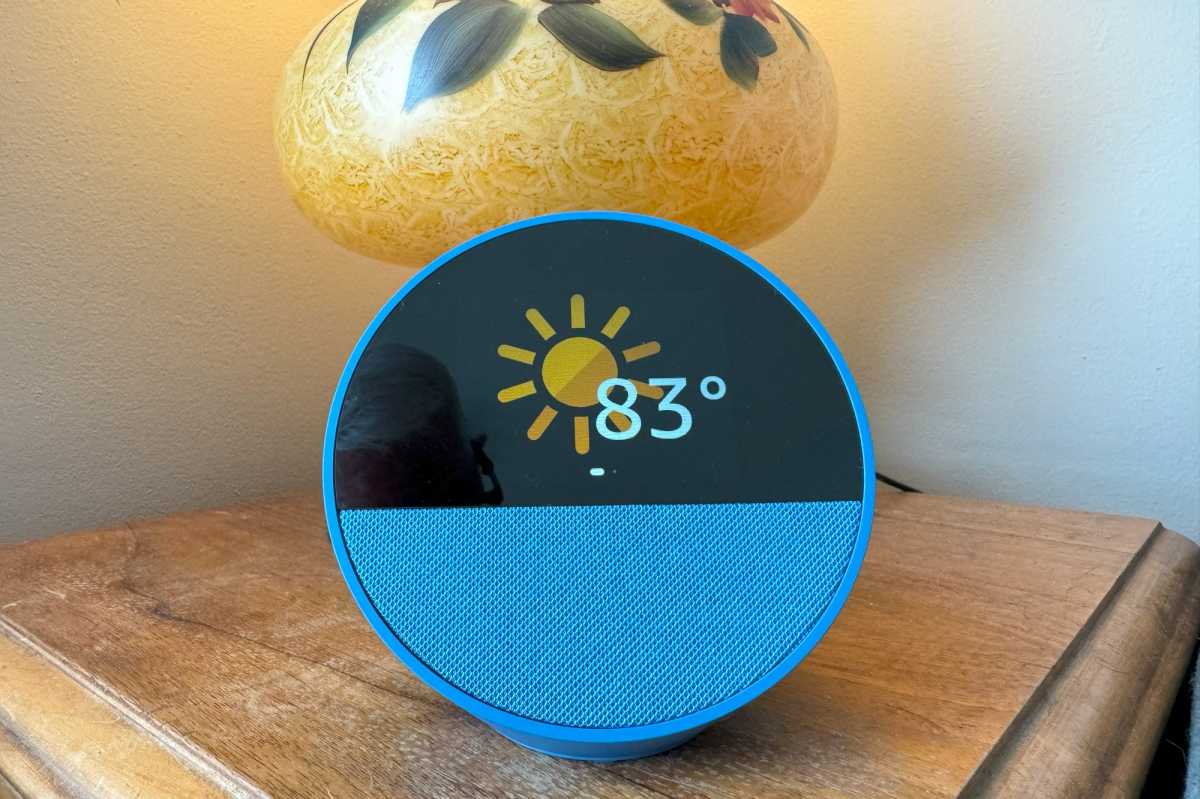
Michael Brown/Foundry
Amazon’s Alexa-powered Echo system is probably the best pick for any starter smart home thanks to its ease of use and versatility. (At present count I have three Echo devices in various rooms, and one outside.) In addition to hosting Amazon’s Alexa voice assistant, the mid-range Amazon Echo Spot displays the time, date, and current weather conditions; you can use it as timer and an alarm clock; it has a pretty good speaker for listening to music; and you can use it as whole-home intercom with other Echo smart speakers and displays.
The pint-sized Echo Spot can’t stream video, and while it supports Matter over Wi-Fi, it doesn’t have a Thread radio onboard (which won’t be a drawback for anyone just dipping their toe into the smart home universe). If you want a more full-featured smart display with both those features, consider something in the Amazon Echo Show product line.
Smart display
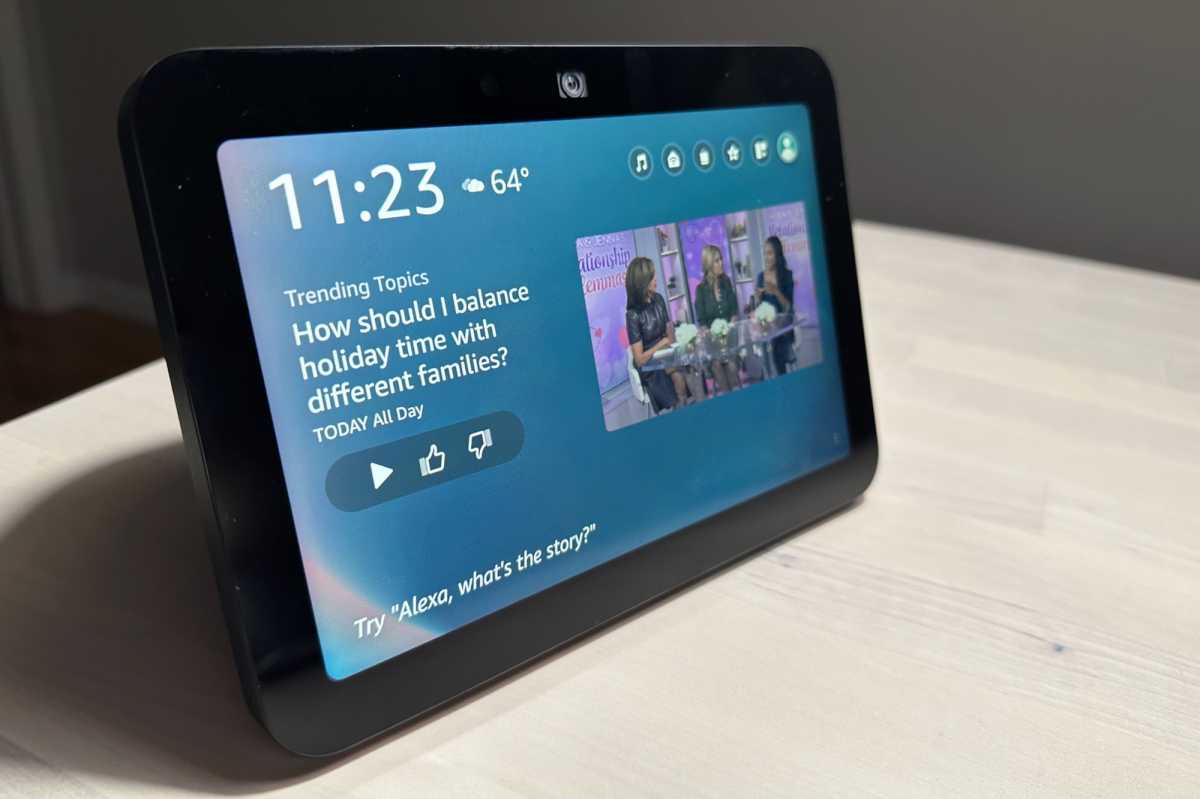
Ben Patterson/Foundry
If you’re looking to also stream video and photos, display lyrics while listening to music, and make video phone calls to friends and family the third-generation Amazon Echo Show 8 ($150) has an 8-inch HD touch screen (960 x 480 pixels). It can also do everything the Echo Spot can.
If you want a larger display, consider the Amazon Echo Show 10 ($250), which has a unique rotating 10.1-inch display (resolution of 1280 x 800 pixels) or the larger Echo Show 15 (a 15.1-inch panel with resolution of 19220 x 1080 pixels), which can be wall-mounted or set in a tabletop with its optional stand. Both of those models also have Thread radios to support the increasing number of smart home devices that Matter-over-Thread.
Smart lock
Melden Sie sich an, um einen Kommentar hinzuzufügen
Andere Beiträge in dieser Gruppe

For almost a year, the future of the world’s most popular web browser

At the end of July 2025, Microsoft reached a big milestone and came o

Have you ever tried to drag the header columns in an Excel spreadshee

Google has released the latest Chrome 140 update with several vulnera


Things are looking grim in the graphics card market, unless your name

ExpressVPN is shaking things up in a big way by releasing three new m
